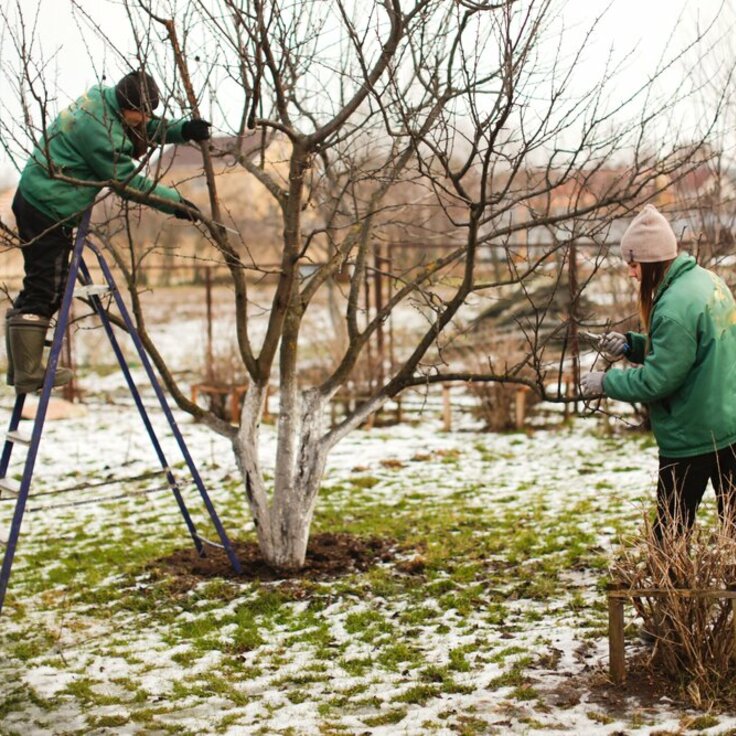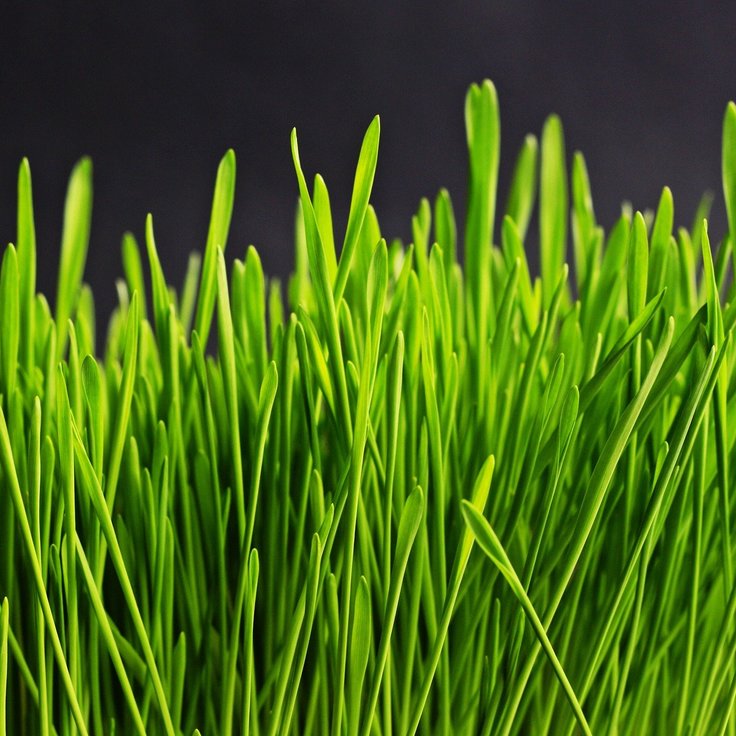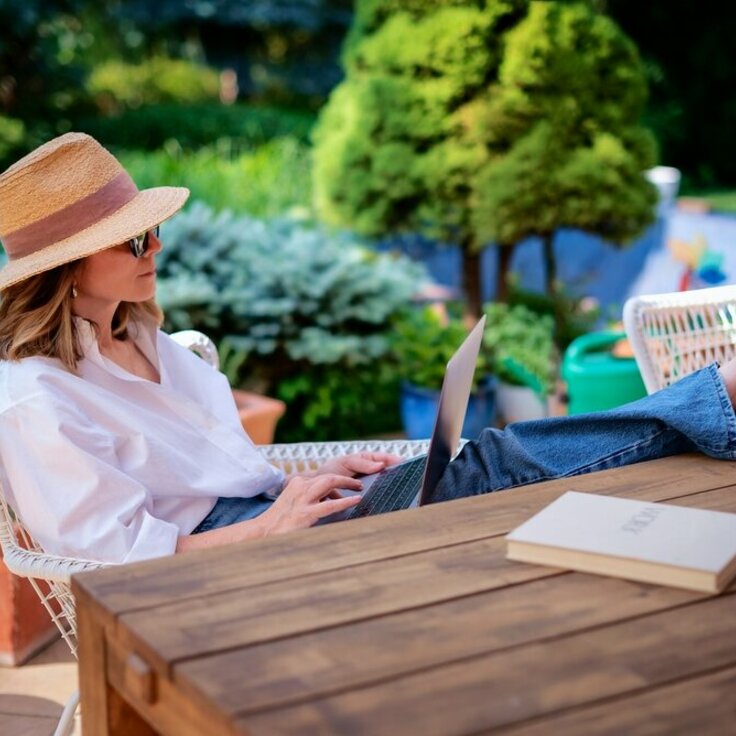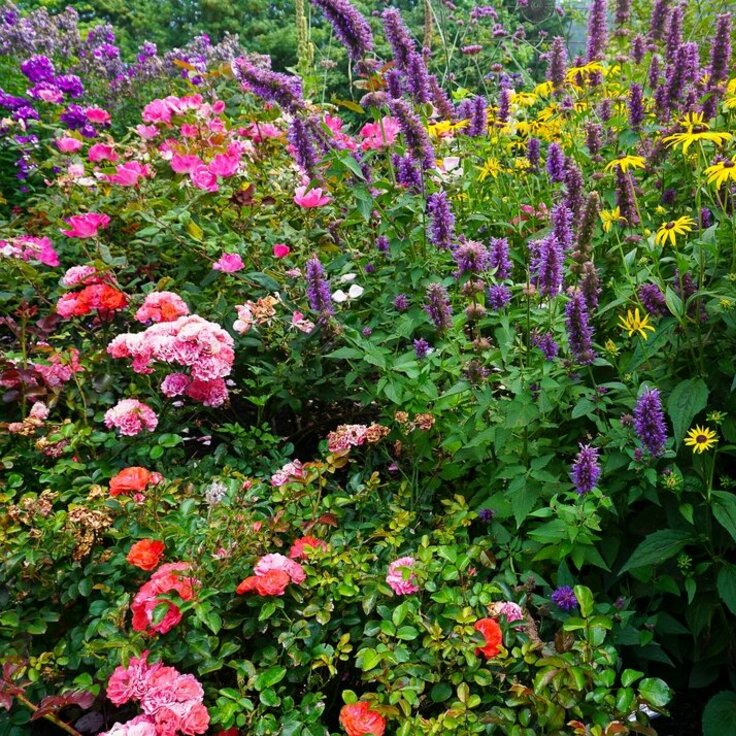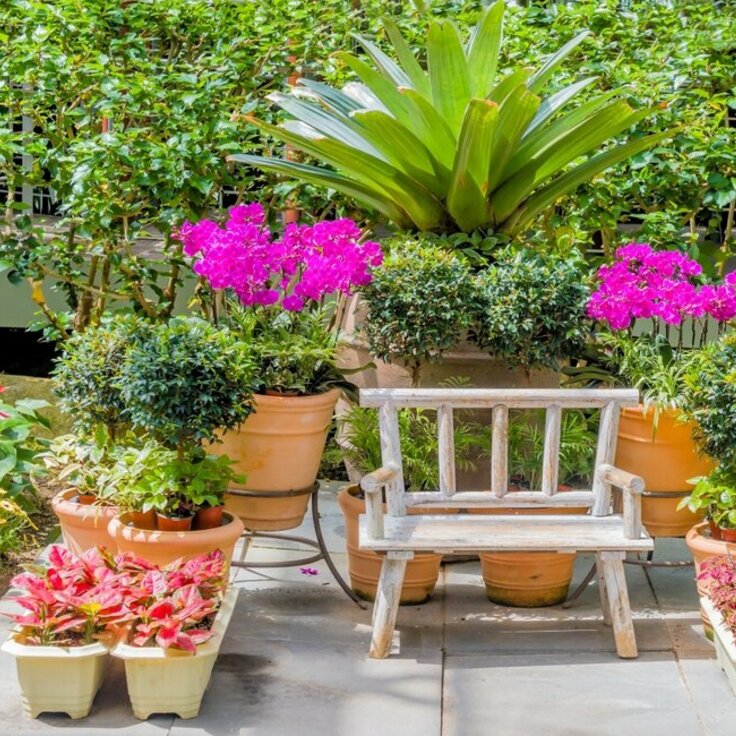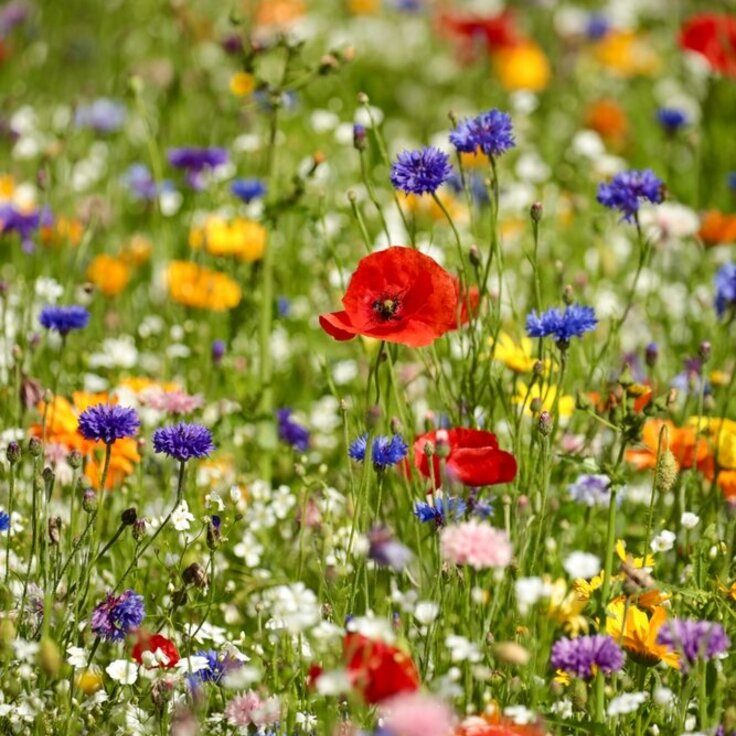What Can You Do in the Garden in January?
January is often a month where the garden appears to be at rest. The cold, lack of sunlight, and shorter days cause many plants to enter a dormant state. However, although it may seem quiet, this is actually the perfect time to prepare for the upcoming gardening season. The gardening calendar for January offers plenty of tasks that will help get your garden ready for spring.
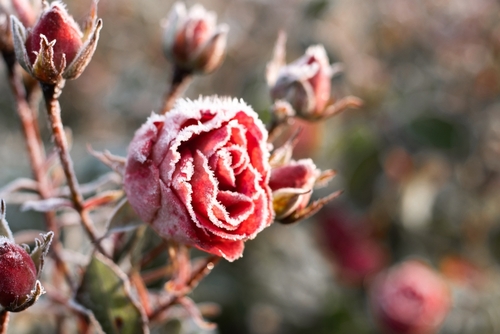
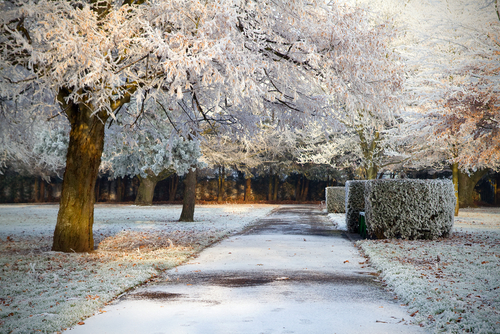
Tidying Up and Preparing the Garden
While January may not be the month for a lot of planting, it is an excellent time to tidy up the garden. Remove fallen leaves, twigs, and any other debris. Not only will this keep the garden looking neat, but it will also prevent fungi or diseases from taking hold. Ensure that there is no standing water on your lawn or in your flower beds, as this can damage plant roots once the weather warms up.
Also, take the time to check your garden furniture and other accessories. Whether they are stored outside or brought in, check for any damage caused by winter weather. This will save you from dealing with broken or dirty garden items when the busy spring and summer months arrive.
Planning Ahead
Although January is not the time for planting, it is the ideal moment to plan ahead. Think about what you would like to see in your garden this year. Perhaps you want to introduce new flowers, vegetables, or fruit trees, or maybe you want to improve the layout of your garden. It can be helpful to make a garden plan so you know exactly what to do when spring arrives.
It is also a great time to order seeds. Some vegetables and flowers can be started indoors now, allowing you to transplant them outside later in the season. Check your January gardening calendar to see which seeds can be started now, such as early vegetables and herbs that can be harvested later in the year.
Pruning and Maintenance
Pruning is an important task for January. Fruit trees and rose bushes will benefit from a good prune. By removing dead or damaged branches, you give the plant space to grow healthily. Remember that each plant has its own pruning instructions, so make sure you know the correct technique for the species in your garden.
Also, prune trees and shrubs that may be vulnerable to the cold during winter. Removing dead branches not only helps prevent disease but also keeps your garden looking neat as the plants begin to bloom.
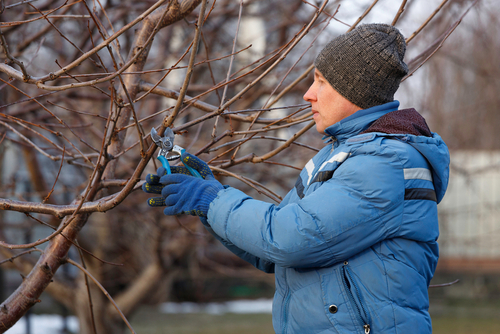
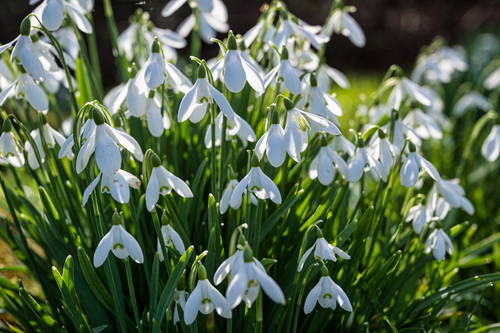
Protecting Against the Cold
Winter can be quite cold, and that can pose challenges for your garden. Young plants and shrubs are particularly vulnerable to the cold. Thankfully, there are ways to protect your garden from the harsh winter conditions. A layer of mulch around the base of your plants can help insulate the roots. This ensures that the roots are better protected from the cold and prevents them from freezing.
For potted plants, it is a good idea to bring them indoors temporarily or wrap them up with protective covers. This prevents them from being damaged by the winter chill. Also, make sure you remove any plants that are particularly frost-sensitive unless they are well protected.
Checking Tools and Supplies
January is the month to give your tools a thorough check. Clean your spades, rakes, and other tools and see if they are still in good condition. A sharp blade or pruning shears will make the job easier, so sharpen or replace them as necessary. It’s much more pleasant to work with tools that are in good working order, and this will save you time in the busier months to come.
Also, check your garden supplies. Do you have enough compost, mulch, and gardening gloves? Are there extra plant pots or containers you might need for the spring? By checking your supplies now, you’ll be well-prepared when the gardening season kicks off.
Looking Ahead to Spring: Planting and Sowing
Although the garden may seem quiet in January, it’s a good time to start growing some plants indoors. Think about flowers you can sow indoors, such as violas or primroses, or vegetables that do well in winter, such as cabbage or lettuce. These plants will thrive when transplanted into the garden later in the season. It’s a great way to slowly get the gardening year started so that when the weather warms up, you’re already a step ahead.
You can also plant trees and shrubs that are resistant to the winter cold. Early spring is often the best time to transplant, so now is the perfect time to make plans for which trees or shrubs you want to move later in the season.
The Start of a New Gardening Year
January may seem like a quiet month, but it’s a crucial time to lay the groundwork for the upcoming gardening season. By tackling the right tasks now – from tidying up and planning to pruning and protecting against the cold – you’ll give your garden a head start. When the spring sunshine arrives, you’ll be able to focus on planting and enjoying the results of your preparations.

